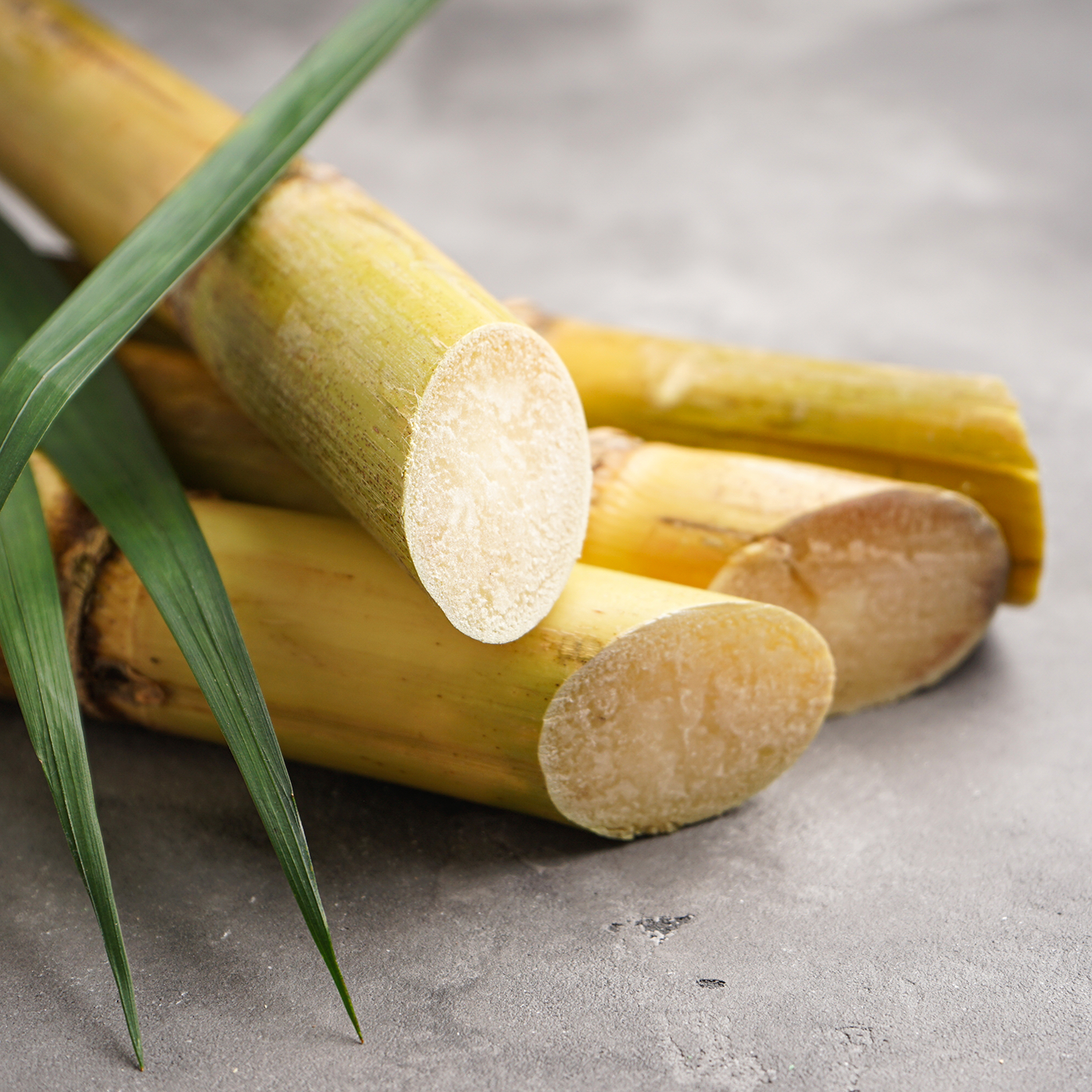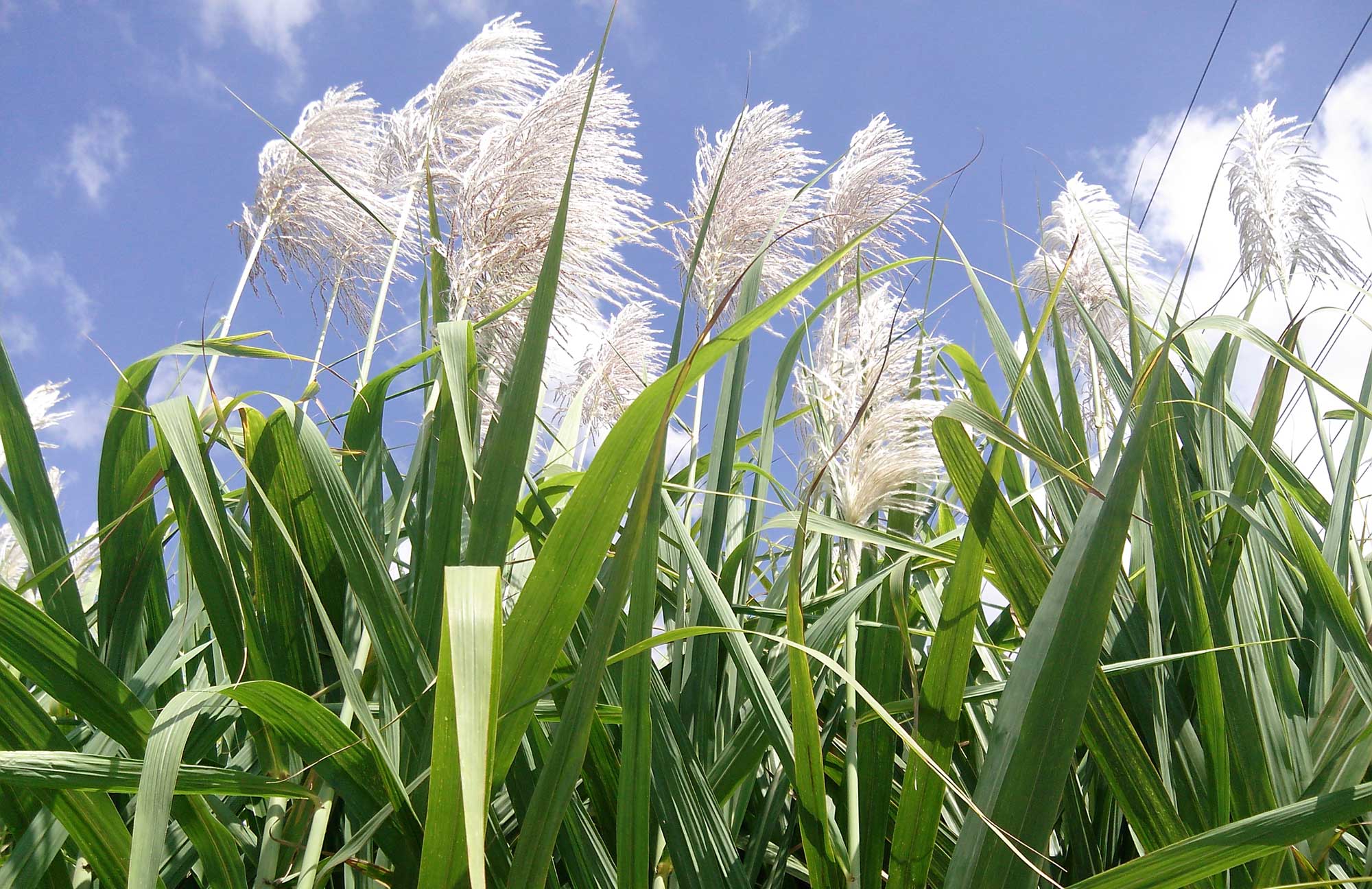All About Sugar Canes: What Are Sugar Canes Used For and Their Function in Global Agriculture?
Sugar walking sticks act as a cornerstone of international agriculture, primarily recognized for their duty in sugar manufacturing. They additionally add to the development of byproducts like molasses and ethanol. These aspects not only support different sectors but likewise influence financial security in rural regions. Nevertheless, the farming of sugar canes faces substantial environmental difficulties. Recognizing their diverse role motivates additional exploration into their agricultural techniques and sustainability efforts.
The Agricultural Refine of Sugar Walking Stick Farming
Sugar walking stick farming might differ by area, the fundamental agricultural process remains consistent. The initial step entails picking high-yielding ranges appropriate for regional environments. Prep work of the dirt is essential, frequently requiring tillage and the addition of plant foods to boost fertility. Growing normally takes place throughout the stormy period, with farmers making use of either entire stalks or cuttings to develop brand-new crops.As the plants expand, they require diligent treatment, consisting of weed control, pest administration, and watering, relying on the environmental problems. Farmers keep track of the sugar walking stick's growth cycle, which normally spans 10 to 24 months, before harvesting. Harvesting is labor-intensive, commonly conducted by hand or with specialized equipment, ensuring very little damage to the stalks. Following harvest, the walking cane is carried to processing centers. This meticulous farming procedure not just sustains neighborhood economic situations however also plays a substantial function in global farming practices, adding to food and energy materials.
Sugar Production: From Walking Cane to Crystal
The journey of sugar manufacturing begins the moment freshly harvested sugar walking stick arrives at refining facilities. The primary step involves cutting the walking stick and washing to prepare it for removal. Utilizing high-pressure rollers, the juice is extracted from the smashed cane, causing a wonderful liquid called sugarcane juice. This juice goes through clarification, where pollutants are removed with the addition of lime and heat.Next, the clarified juice is focused by boiling it down to develop a thick syrup. This syrup is then taken shape by cooling, enabling sugar crystals to develop. The crystallized sugar is separated from the continuing to be syrup, understood as molasses, via centrifugation.Finally, the sugar crystals are washed and dried, resulting in the acquainted granulated sugar (What Are Sugar Canes Used For). This procedure transforms raw sugar walking cane into a product that is important to numerous culinary and industrial applications, highlighting the value of sugar in global agriculture
Biofuels and Sugar Canes: A Sustainable Future
As the world progressively looks for sustainable power remedies, sugar walking canes have actually arised as an encouraging resource for biofuels. The biomass obtained from sugar walking canes can be exchanged ethanol, a renewable fuel choice that noticeably reduces greenhouse gas exhausts compared to fossil gas. This procedure not just supplies a cleaner energy resource yet additionally advertises energy freedom for many countries.In addition, sugar walking stick growing sustains country economic situations by creating work in both farming and biofuel production sectors. Using sugar canes for biofuel production additionally urges agricultural diversity, which can improve dirt health and wellness and minimize reliance on solitary crops. The spin-offs of sugar cane processing can be made use of for electricity generation, in addition contributing to a sustainable power cycle. As countries undertaking to satisfy renewable power targets, sugar walking canes are positioned to play a vital role fit an extra sustainable future in the biofuel landscape.

The Function of Sugar Canes in Beverage Production
Sugar walking canes play a substantial duty in beverage production, functioning as a main ingredient in rum and adding to the sweet taste of lots of sodas. Additionally, their all-natural juices are utilized in different drinks, enhancing taste and appeal. This flexibility underscores the importance of sugar canes in the global drink industry.
Sugar Walking Cane in Rum
Rum production is intricately connected to the cultivation of sugar walking cane, a crucial plant that offers the essential fermentable sugars needed for fermentation. This process begins with the removal of juice from harvested sugar walking canes, which is then either fermented straight or processed into molasses. Yeast is included in convert the sugars right into alcohol, causing a diverse variety of rum designs, from light to dark selections. The geographical region where the sugar walking stick is grown substantially influences the taste profile of the rum, with elements such as dirt type and environment having fun essential roles. Nations like Barbados, Jamaica, and Cuba are renowned for their rum manufacturing, showing the cultural and historical try this importance of sugar walking stick within the international beverage market.
Soft Drinks Sugar Source

Natural Juice Production Uses
Along with its substantial duty in soda manufacturing, sugar walking stick is also pivotal in the all-natural juice market. The juice extracted from sugar cane, recognized as walking cane juice, is celebrated for its natural sweetness and special flavor profile. This juice is commonly eaten fresh in numerous areas, specifically in tropical countries, where it is appreciated as a renewing drink. Additionally, walking cane juice functions as a base ingredient in a variety of all-natural fruit juices and smoothies, boosting both taste and nutritional worth. Its natural homes make it an attractive choice to artificial sugar, attracting health-conscious customers. In general, sugar walking cane's adaptability in juice manufacturing highlights its relevance in modern drink offerings worldwide.
Innovations in Sugar Walking Stick Byproducts
Innovations in sugar walking stick results are paving the method for lasting solutions in numerous markets. Biofuels originated from sugar cane provide an alternate power source, while developments in lasting product packaging are decreasing dependence on traditional products. These developments highlight the flexibility and capacity of sugar walking stick past its primary use in beverage production.
Biofuels From Sugar Walking Cane
Exactly how can the byproducts of sugar cane add to lasting power options? The conversion of sugar walking cane right into biofuels provides a promising opportunity for renewable resource. By utilizing the coarse deposit, referred to as bagasse, producers can produce bioethanol via fermentation procedures. This bioethanol can function as a sustainable alternative to fossil fuels, lowering greenhouse gas emissions and dependence on non-renewable sources. In addition, molasses, another byproduct, can be fermented to create biofuels, making best use of source performance. The power created from sugar walking cane not just gives a cleaner gas resource yet likewise improves the overall financial feasibility of sugar production. By incorporating biofuel manufacturing into their procedures, sugar cane markets can play an important role in advancing lasting energy remedies internationally.
Lasting Packaging Solutions
Sustainable product packaging options are significantly being created from sugar walking cane results, showcasing the flexibility of this agricultural staple. Advancements such as eco-friendly plastics obtained from bagasse, the fibrous deposit left after juice extraction, are gaining grip. These materials offer an environmentally friendly option to standard plastics, decreasing dependence on nonrenewable fuel sources and reducing carbon footprints. Furthermore, sugar cane-based packaging is compostable, damaging down naturally without hurting the atmosphere. Business are now discovering these alternatives to line up with consumer demand for sustainability. As awareness of plastic contamination grows, the adoption of sugar cane-derived product packaging is anticipated to increase, placing sugar canes as an essential gamer in the change to greener product packaging options in different markets.
Economic Effect of Sugar Cane Farming

Sugar cane farming has deep origins in lots of economic situations, its financial influence expands far beyond agricultural manufacturing. This plant acts as a significant income source for numerous farmers worldwide, especially in creating countries where agriculture is a primary source of income. Sugar walking stick adds to regional economies with work creation in harvesting, farming, and handling. The sector additionally boosts development in related industries such as transport, devices production, and food processing.Furthermore, sugar walking cane is a principal in international profession, influencing global markets and rates. Nations that create sugar walking cane frequently count on exports to enhance their economic stability. The byproducts of sugar walking cane, such as ethanol and molasses, diversify revenue streams for farmers and add value to the agricultural sector. Generally, the economic ramifications of sugar walking cane farming are extensive, impacting not just farmers yet additionally nationwide economic situations and entire neighborhoods.
Ecological Factors To Consider in Sugar Walking Stick Cultivation
While sugar walking stick farming plays an essential role in several economic situations, it likewise increases significant ecological problems that can not be forgotten. The comprehensive usage of fertilizers and pesticides in sugar walking stick cultivation typically leads to soil deterioration and water contamination. Overflow from these chemicals can contaminate nearby water bodies, harming water communities. Additionally, the monoculture methods widespread in sugar walking cane farming lower biodiversity, making ecosystems much more vulnerable to parasites and diseases.Deforestation is one more important issue, as land is usually removed to give way for sugar vineyards, resulting in habitat loss for wild animals and boosted carbon discharges. The high water consumption required for sugar cane irrigation can stress regional water sources, particularly in dry regions. As international need for sugar remains to climb, addressing these ecological difficulties ends up being vital to guarantee lasting practices in sugar walking cane farming.
Frequently Asked Inquiries
What Are the Nutritional Conveniences of Sugar Walking Cane?
The dietary advantages of sugar cane mostly include its high carb web content, providing energy. Additionally, it includes vitamins, minerals, and anti-oxidants that might support total wellness, though moderation is essential because of its sugar web content.
Exactly How Does Sugar Walking Stick Affect Local Ecosystems?
Sugar walking cane growing can substantially affect neighborhood communities by changing land usage, affecting biodiversity, and calling for considerable water resources. Additionally, it might result in dirt deterioration and chemical runoff, interrupting bordering habitats and wildlife populations.
What Is the Background of Sugar Cane Cultivation?

Exist Alternatives to Sugar Walking Stick for Sugar Production?
Alternatives to sugar walking cane for sugar production consist of why not try this out sugar beetroots, corn, and numerous tropical plants like sorghum and agave (What Are Sugar Canes Used For). These plants provide diverse resources of sweet taste, each with unique cultivation demands and environmental effects
Just How Do Weather Patterns Influence Sugar Walking Stick Yields?
Weather patterns greatly affect sugar cane returns with temperature changes, rainfall amounts, and seasonal cycles. Dry spell or excessive rainfall can prevent growth, while optimal problems boost photosynthesis, ultimately impacting More about the author the quantity and top quality of the harvest. The trip of sugar production starts the minute fresh gathered sugar walking cane shows up at processing centers. The taken shape sugar is divided from the remaining syrup, recognized as molasses, through centrifugation.Finally, the sugar crystals are cleaned and dried, resulting in the familiar granulated sugar. Rum production is delicately connected to the farming of sugar walking cane, a crucial plant that gives the required fermentable sugars needed for fermentation. Additionally, the monoculture practices common in sugar walking cane farming reduce biodiversity, making environments a lot more prone to parasites and diseases.Deforestation is an additional critical issue, as land is usually gotten rid of to make means for sugar plantations, leading to habitat loss for wildlife and raised carbon exhausts. Alternatives to sugar walking cane for sugar production include sugar beets, corn, and various tropical plants like sorghum and agave.